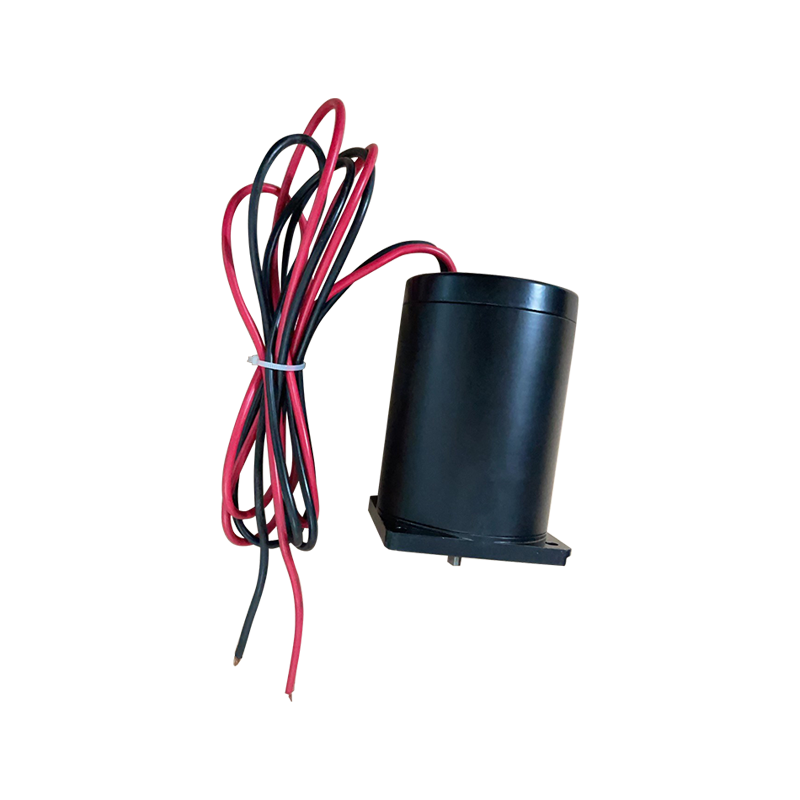BT001 Honda Accord Windshield Wiper Motor
Power Voltage 12V DC, 35W No-load Current Low speed ≦1.5A, high speed ≦2.0A No-loa...
View MoreThe operation of a Steam Pump Motor in high-temperature and high-pressure steam environments presents unique safety challenges. These conditions place extreme thermal and mechanical stress on the motor components, which can affect performance, longevity, and operational reliability. Ensuring that a motor can safely withstand such conditions is critical for industrial applications, including boilers, chemical processing, and energy generation. Understanding the safety features and design considerations helps operators and engineers select and maintain motors that meet rigorous operational standards.

High-temperature steam exposes the Steam Pump Motor to continuous thermal stress, which can compromise insulation materials, adhesives, and other sensitive components. The motor must be constructed from materials that resist thermal degradation, such as heat-resistant copper windings and thermally stable insulation. Excessive heat can also cause expansion of internal components, causing misalignment, increased friction, or potential mechanical failure. Proper heat management, including advanced cooling systems and heat-dissipating housings, is essential to prevent overheating and ensure stable operation in extreme conditions.
High-pressure steam exerts additional mechanical stress on the motor casing, seals, and internal assemblies. If the motor is not designed to withstand these pressures, there is a risk of structural deformation, leaks, or catastrophic failure. Steam Pump Motors intended for high-pressure applications typically include reinforced housings, robust seals, and pressure-resistant gaskets to maintain integrity. By ensuring the motor can tolerate pressure fluctuations, manufacturers reduce the risk of accidents or unexpected shutdowns during operation.
The combination of heat and humidity from steam can degrade electrical insulation over time, increasing the risk of short circuits or electrical faults. To mitigate these hazards, high-quality Steam Pump Motors utilize moisture-resistant insulation and coatings that protect windings from corrosion and thermal deterioration. Electrical protection systems, such as thermal overload relays, circuit breakers, and temperature sensors, further enhance safety by automatically shutting down the motor if unsafe conditions are detected.
Modern Steam Pump Motors are equipped with multiple safety mechanisms to ensure reliable operation in harsh environments. Overload protection prevents excessive current draw that could damage the motor. High-temperature sensors monitor internal components and trigger shutdowns when critical thresholds are exceeded. Vibration and alignment monitoring can detect mechanical issues early, preventing catastrophic failures. These protective features work in concert to reduce operational risk and maintain safe performance under high-temperature, high-pressure conditions.
Proper maintenance is crucial to sustaining the safety of a Steam Pump Motor in extreme environments. Regular inspection of insulation, seals, and bearings ensures that wear or degradation is detected early. Lubrication of moving parts and cleaning of cooling channels help maintain suitable performance. Operators must follow manufacturer guidelines for startup, shutdown, and operational limits to prevent exposure to unsafe conditions. Effective maintenance prolongs motor life and reduces the likelihood of accidents caused by environmental stress.
The safety of a Steam Pump Motor under high-temperature and high-pressure steam conditions depends on careful design, material selection, protective features, and proper maintenance. Heat-resistant materials, reinforced structures, moisture-proof insulation, and electrical protection collectively ensure that the motor can withstand extreme operating environments. By combining robust engineering with proactive operational practices, both manufacturers and end-users can ensure that the motor performs safely, reliably, and efficiently, reducing risk and supporting long-term industrial operations.